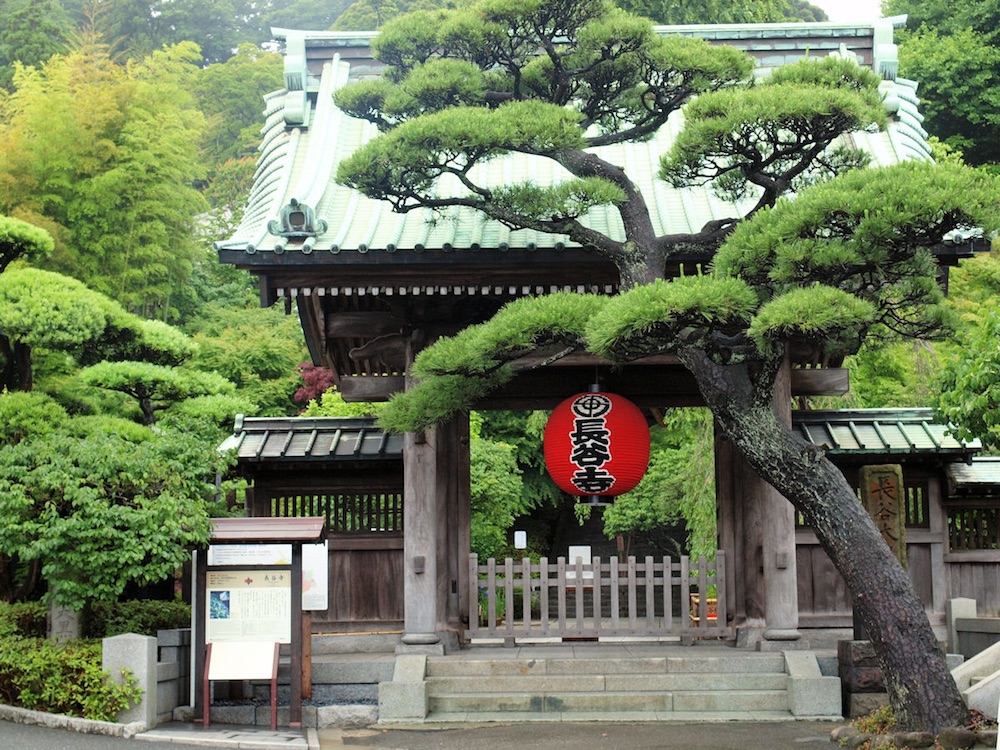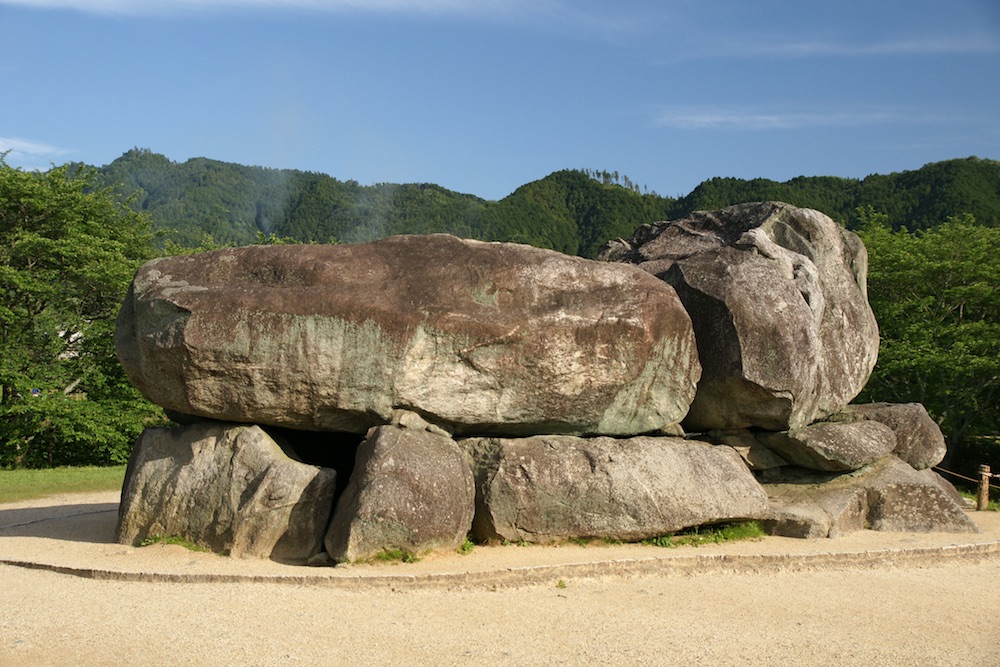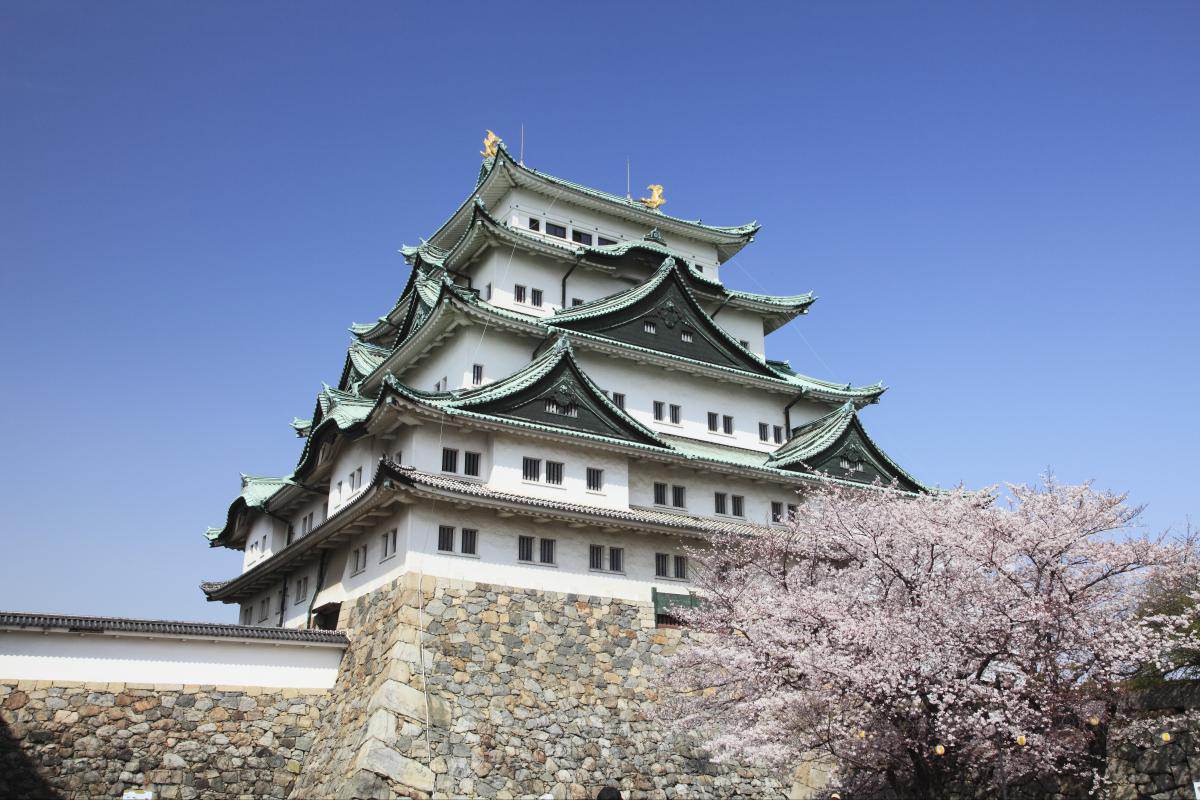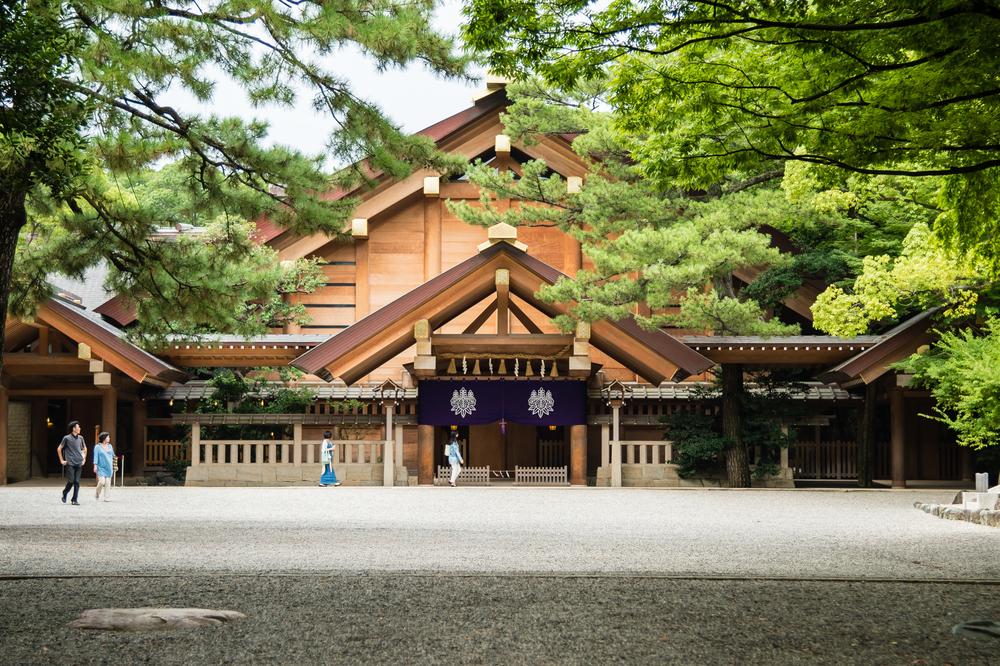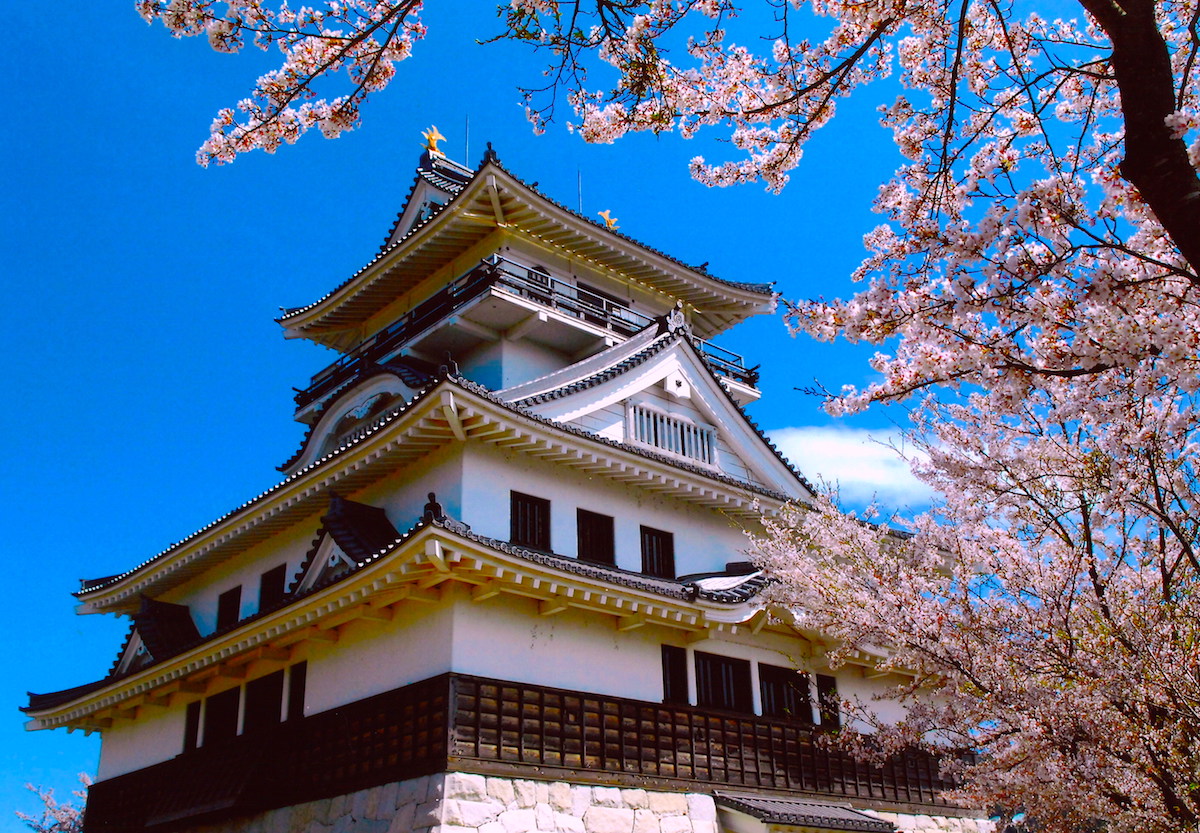This is an older post – to see our upcoming monthly events – click here
Events List
Lunch Tour – 3/8
Cooking Class – 3/14
Sake Workshop – 3/17
Calligraphy Class – 3/20
Pera Pera Active Learning Night – 3/24
Hanami Party – 4/1
Thursday, March 8: Lunch Tour in Kagurazaka
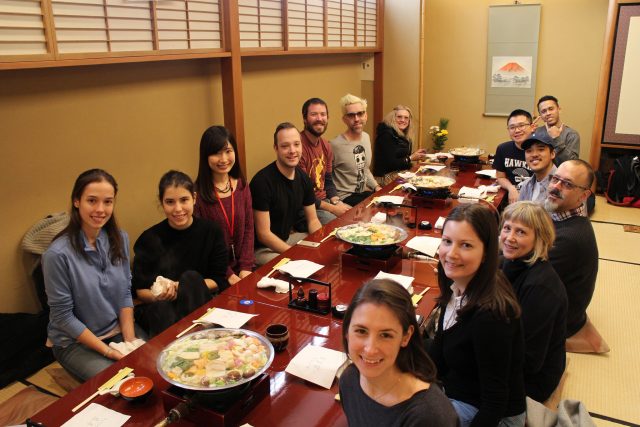
Every month, we organize a lunch tour at one of the many delicious restaurants in Kagurazaka area. This time we’ll enjoy some delicious food at Torijaya! If you want to join us make your reservation now!
![]()
Date: Thursday, March 8
Time: 12:30 – 13:50
Meeting Point: Coto Japanese Academy 1st Floor
Price: ¥1500
Restaurant: 鳥茶屋 (torijaya)
Limit: Up to 20 people
Menu : Udonsuki
Staff : Ayaka Morimoto
Back to Events List
Wednesday, March 14: Cooking class
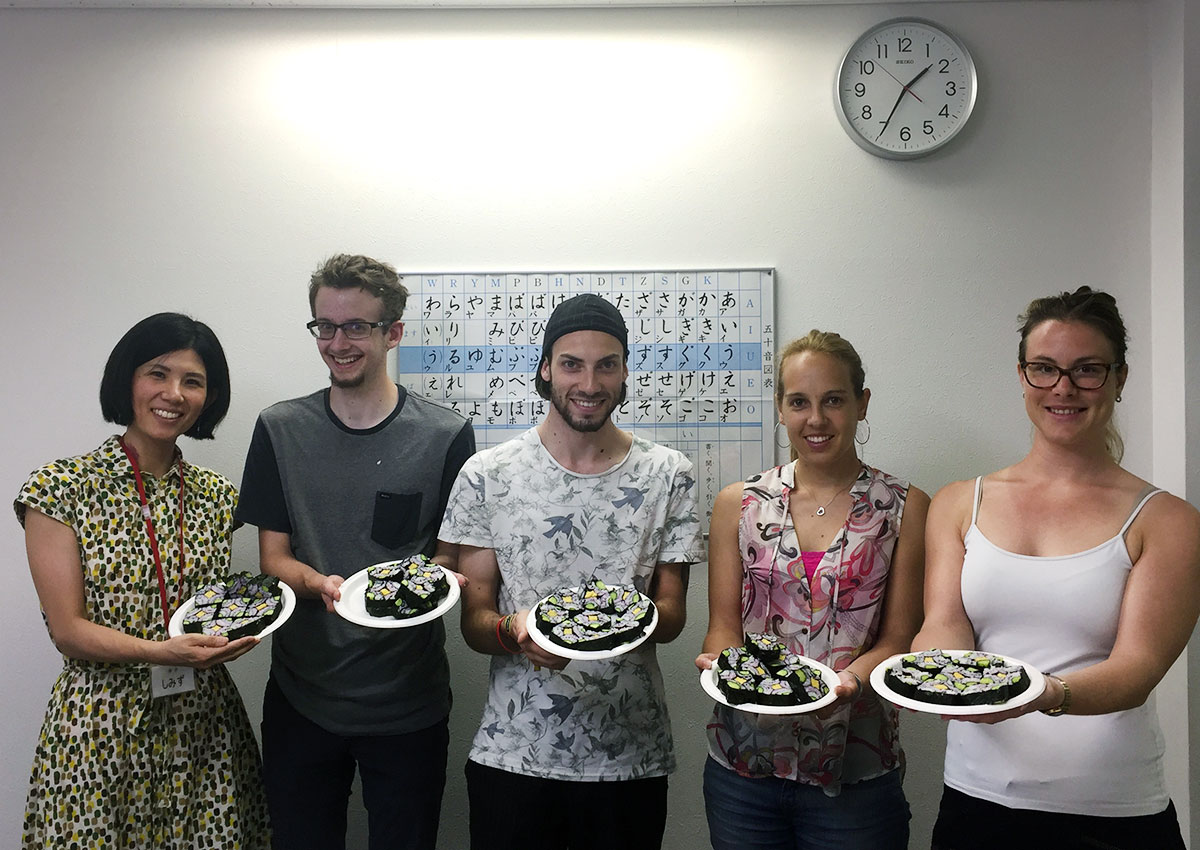 There are many ways of preparing Japanese sushi and every month we organize a cooking class for you to learn more about it! This month we introduce the way to make 四海巻き (Shikaimaki). Have fun learning how to cook with us and take up the challenge to create beautiful norimaki for the eye and delicious for your palate!
There are many ways of preparing Japanese sushi and every month we organize a cooking class for you to learn more about it! This month we introduce the way to make 四海巻き (Shikaimaki). Have fun learning how to cook with us and take up the challenge to create beautiful norimaki for the eye and delicious for your palate!
![]()
Date: Wednesday, March 14
Time: 12:40 – 13:50
Location: Coto Japanese Academy 1st Floor
Price: ¥2500
Limit: Up to 10 people
Instructor: Emiko Shimizu (Coto teacher)
Back to Events List
Saturday, March 17: All-you-can-drink Japanese sake workshop
 This month we will be holding a Japanese Sake Workshop to learn the basics of Japanese rice wine, in partnership with Nomel, a sake shop located in Kanda.
This month we will be holding a Japanese Sake Workshop to learn the basics of Japanese rice wine, in partnership with Nomel, a sake shop located in Kanda.
The workshop will begin with an introduction by Yamazki san, the owner of Nomel and a specialist of sake, followed by a tasting session with 5 different types of Japanese sake. After the workshop, you are free to try more than 50 types of sake specially selected by the Nomel shop. Come join us for a great evening!
![]()
Date: Saturday, March 17
Time: 18:20 – 21:30
Meeting at Coto Japanese Academy 3F
Place: Shop: Nomel (https://sakenomel.jp/)
Fee: ¥4200
Details: Finger food will be provided (you can also bring your own food)
Limit: Up to 18 people
Instructor: Yamazaki (Nomel) /Michael(Coto student) , Staff:Mariko Koide
Back to Events List
Tuesday, March 20: Calligraphy class
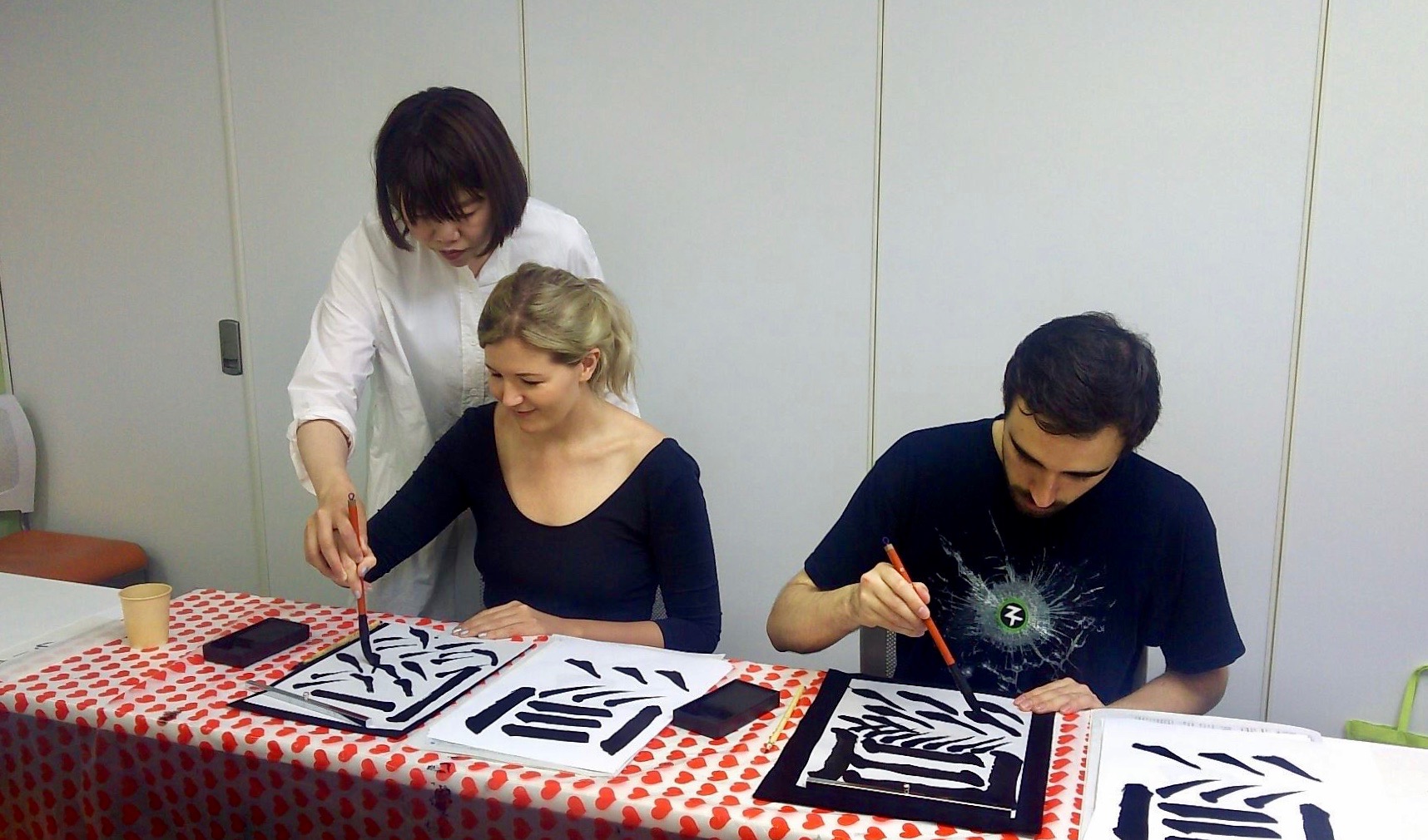
If you are interested in learning how to draw each and every stroke in the Japanese Kanji character, this event is for you! Every month, Coto Japanese Academy will hold a calligraphy class. Learn the basics of calligraphy along with the artistic way of writing kanji, you will be practicing on three characters as shown below. The instructor, Wakana Shingae, is a professional calligrapher. Grab this opportunity to experience the traditions of Japan and participate in our calligraphy class!
March’s kanji: 春 風 桃
![]()
Day: Tuesday, March 20
Time: 12:40 – 13:50
Place: Coto Japanese Academy 1F
Fee: 2500 yen
Number of participants: up to 10 people
Instructor: Wakana Shingae
Back to Events List
Saturday, March 24: Perapera Active Learning Night
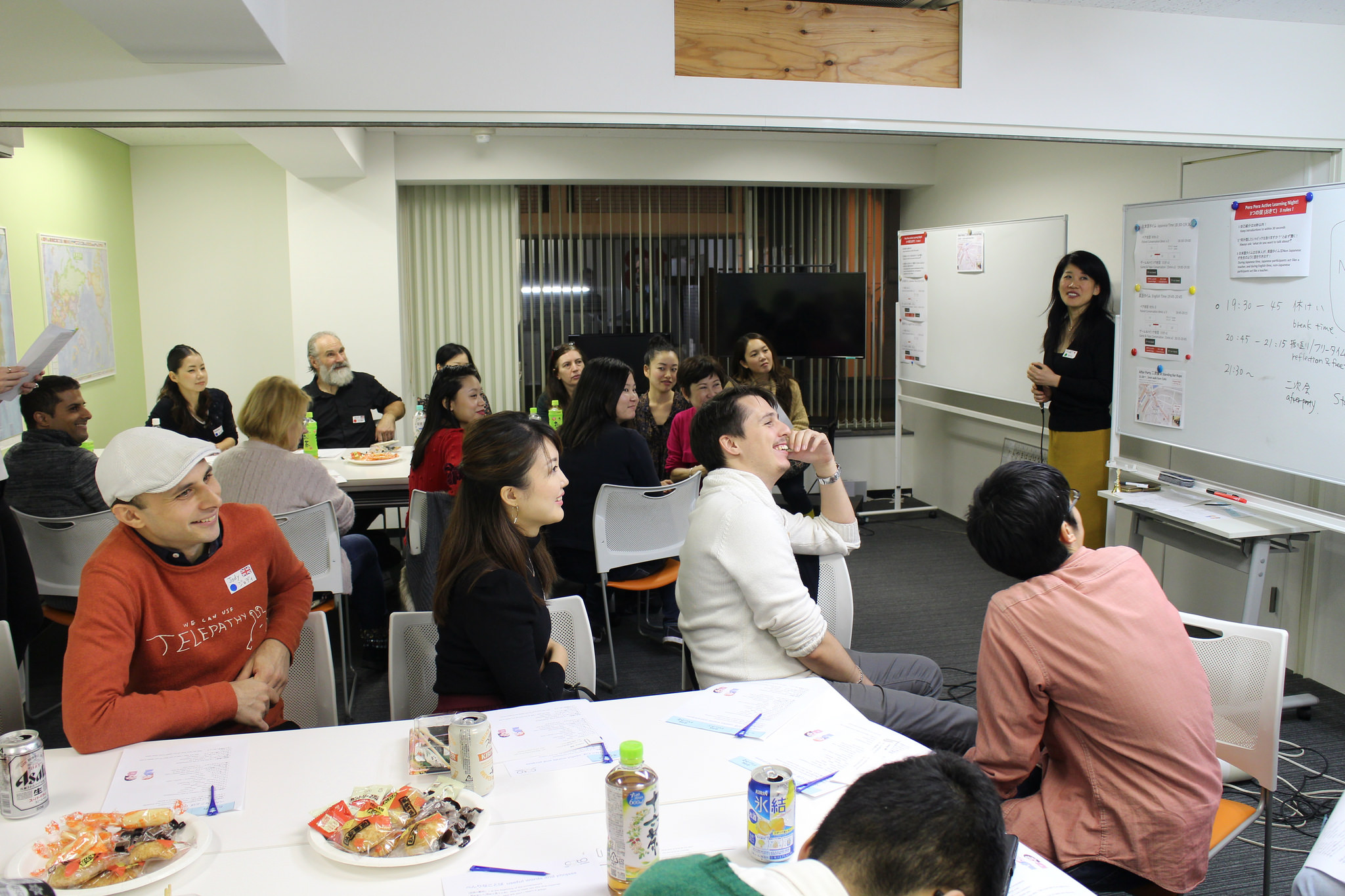 Have you heard of the Japanese word “Perapera” ? It is used to describe someone who speaks a language very well! Coto’s Pera Pera Party is the perfect time for you to have a go at conversation in Japanese. Get the chance to practice your speaking with 20 Japanese native speakers and to chat about many topics in Japanese. During English speaking time… it will be your turn to be a teacher!
Have you heard of the Japanese word “Perapera” ? It is used to describe someone who speaks a language very well! Coto’s Pera Pera Party is the perfect time for you to have a go at conversation in Japanese. Get the chance to practice your speaking with 20 Japanese native speakers and to chat about many topics in Japanese. During English speaking time… it will be your turn to be a teacher!
![]()
Date: Saturday, March 24
Time: 18:15 – 21:15
Location: Coto Japanese Academy 1st Floor
Price: ¥1500
Limit: Up to 20 Native Japanese speakers / 20 foreigner
Back to Events List
Sunday, April 1: Ohanami party in Kitanomaru park

Let’s enjoy the beginning of Spring together and have fun in Kitanomaru park, one of the most beautiful parks in Tokyo! Bring your own food and drinks to share a snack with Coto staff and students under the cherry blossoms. Games will be organized to even practice Japanese! Join us!
![]()
Attention:This is a pink clothes event- so make sure you are wearing something pink!
Date: Sunday, April 1
Time: 11:00-16:00
Place: Kitanomaru park (8 min from station Kudanshita exit 2)
Fee: No fee, please bring your own food and drinks!
It might be a little bit cold, make sure to bring a jacket ! In accordance to the theme, let’s all wear something PINK for the day! It could anything from a backpack to your top.



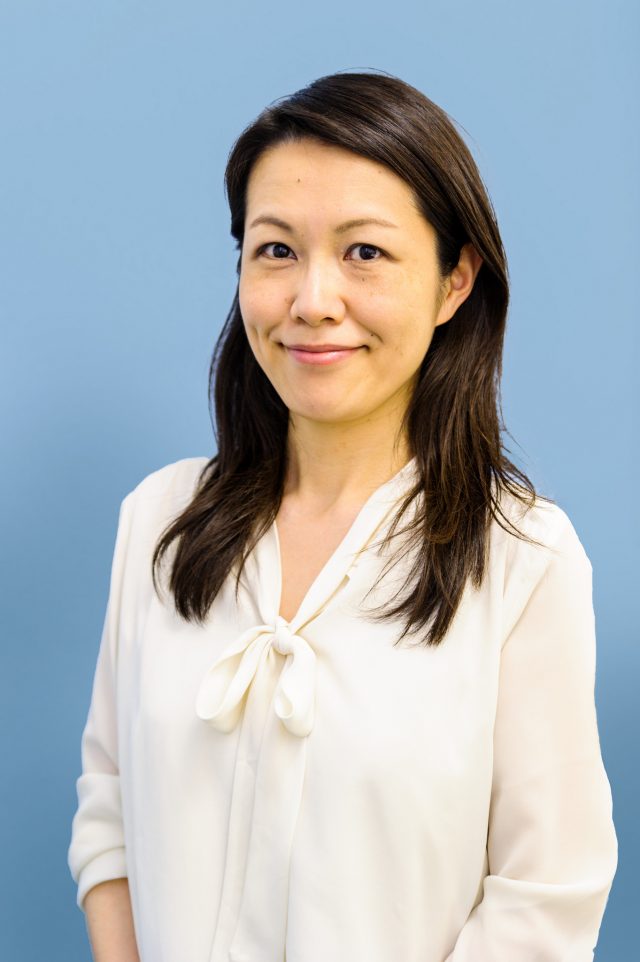
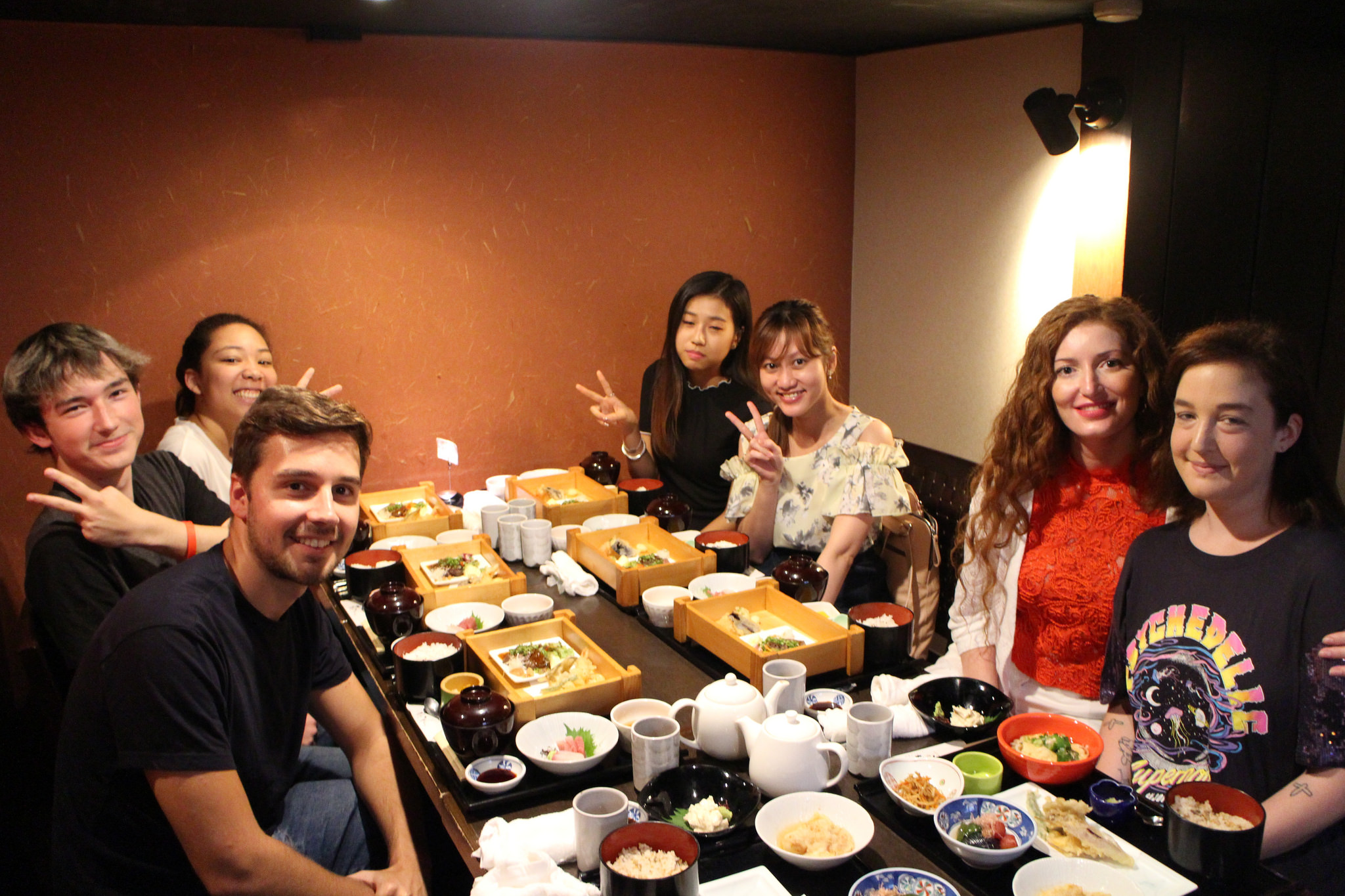

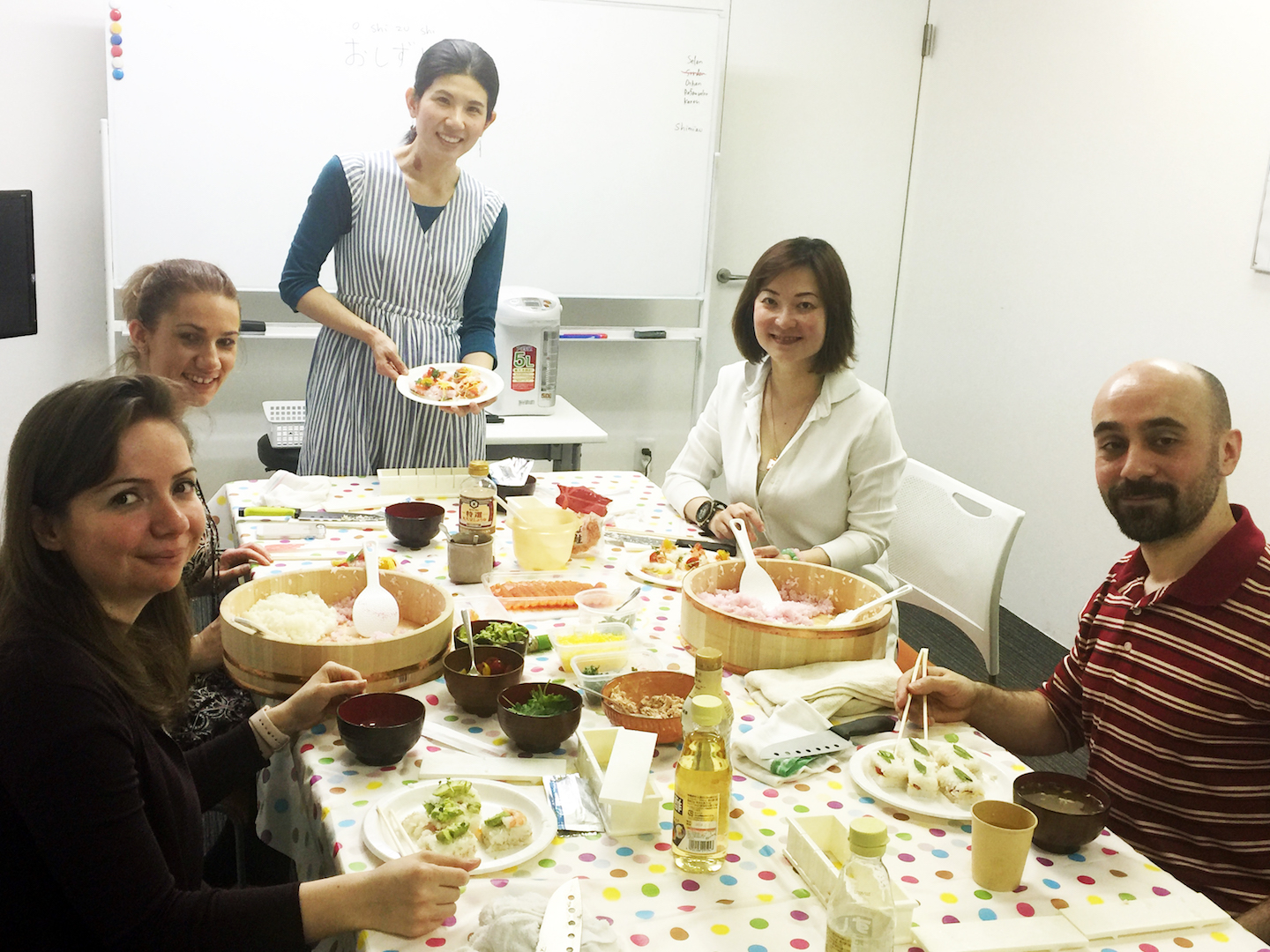
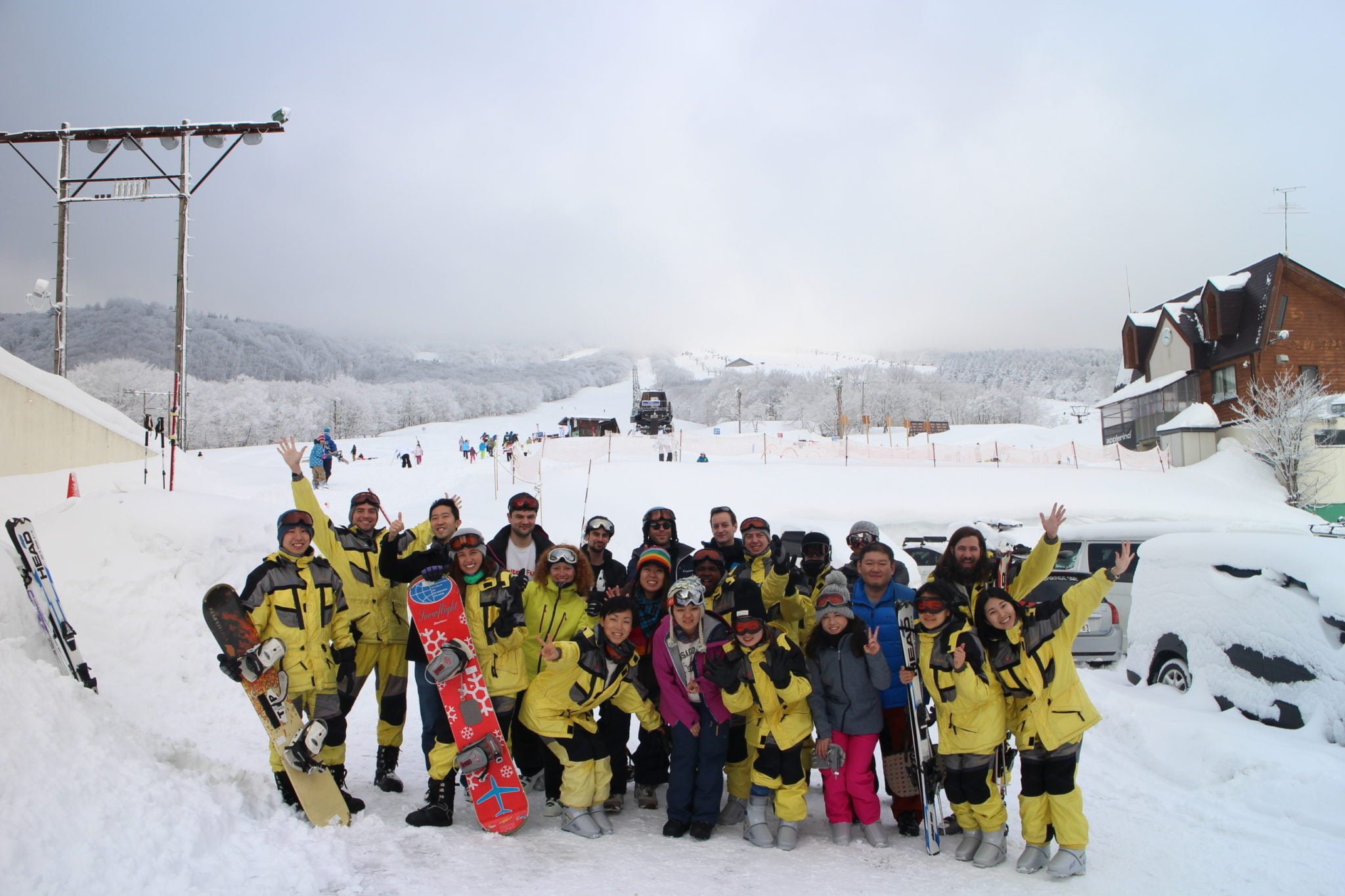
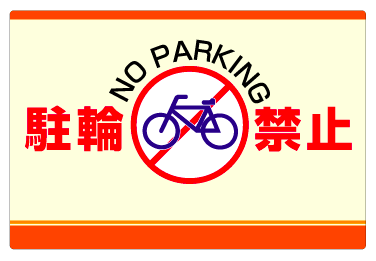
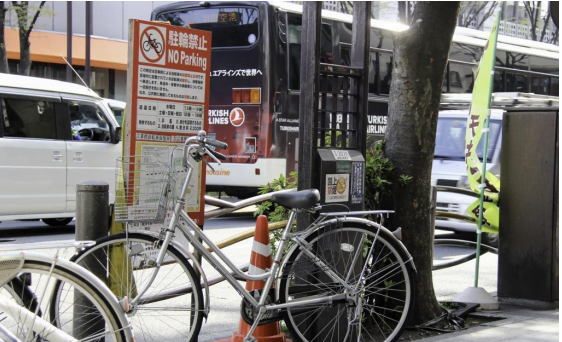


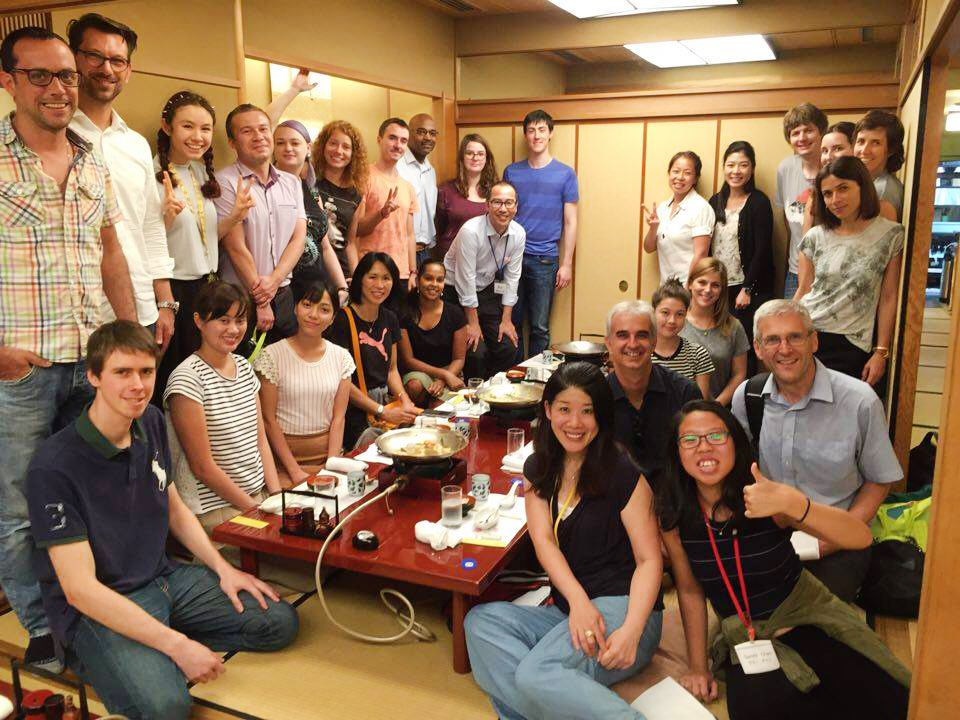
 Every month, Coto Japanese Academy will hold a calligraphy class to teach you the basics of calligraphy along with the artistic way of writing kanji. The instructor, Wakana Shingae, is a professional calligrapher and will be teaching how to write the following kanji:
Every month, Coto Japanese Academy will hold a calligraphy class to teach you the basics of calligraphy along with the artistic way of writing kanji. The instructor, Wakana Shingae, is a professional calligrapher and will be teaching how to write the following kanji:

